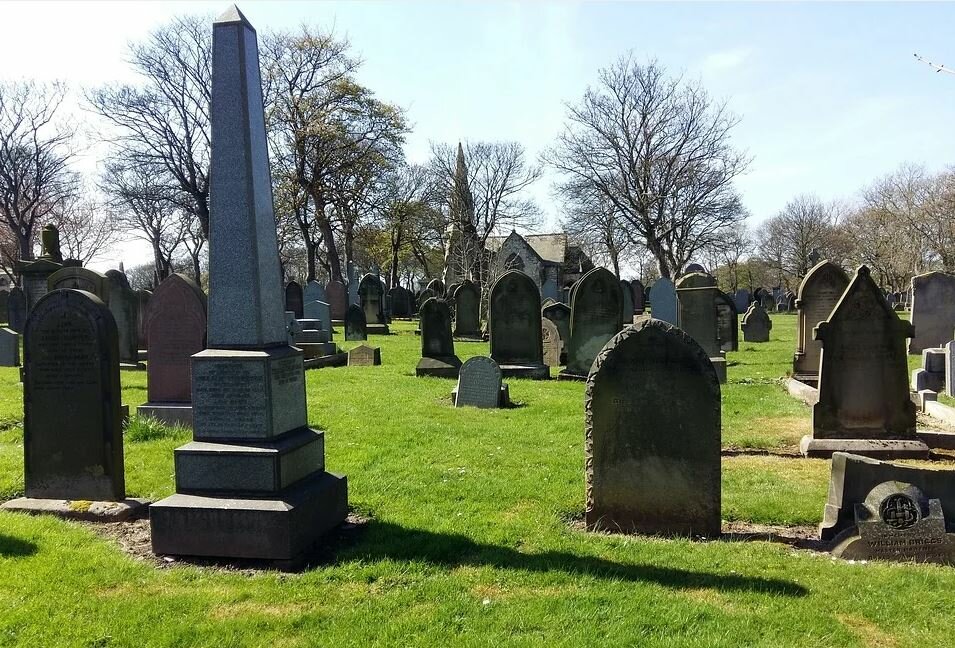
Types of Burials
Religious and societal views influence how elaborate a burial should be. For example, traditions may affect whether the dead are buried above or below ground.
Human remains are disposed of by burying them in the ground, in a grave, or a tomb, or by dumping them in the water or exposing them to the elements or carrion-eating animals. Funeral homes in Highlands Ranch, CO provide the standard burial options. Burial customs are influenced by geography, religion, and the social system. Depending on the climate and topography, the body is buried, dumped in the water, burned, or exposed to the air.
Inhumation
Burial in the ground, either by digging a trench or burying the body with rocks or dirt, dates back to the Middle Paleolithic Period. Inhumation, or grave burial, can be simple or sophisticated. Some Eskimo people cover the body with a pile of stones or a little ice igloo if rocks aren't accessible. Graves can be simple shallow pits or sophisticated and artistically crafted subterranean palaces buried deep into the earth and large enough to hold large groups of people. On the other hand, individual graves are usually designed ahead of time.
Cave Burying
Caves, which provide a natural haven for humans, have also been utilized for burying the dead. The ancient Hebrews buried their dead in natural single-chamber caverns, a practice that fostered the construction of mausoleums. They were once considered sacrosanct but have now been deemed impure.
On the other hand, Sepulchral caverns remained sacred to many people and finally became worship sites.
Several rock temples in western India and Sri Lanka (Ceylon) are among them, some of which have undergone extensive architectural and sculptural work. Other burial customs, such as coffins and lavish grave clothes, and burial gifts, were encouraged by both caves and earthen tombs.
Water Burial
Many civilizations' stories depict the connection between water and immortality. These mythologies frequently revolve around a god-hero who sails away from people in death with the promise of returning. As a result, the bodies of chiefs and heroes have frequently been sunk in death ships on rivers and oceans.
Other societies have practiced water burials. It was usual in the Pacific Islands to place the deceased in a canoe and launch it into the water. However, not all sea burials take place on a ship or raft. Bodies have been left on a reef in the Solomon Islands to be eaten by sharks; they have been weighted with stones in other areas.
Exposure
For spiritual and material reasons, many societies believe that burying the body where it can be eaten by scavenging birds and animals or weathered to its essential elements is the most desirable disposal method. The Zoroastrians are likely the most well-known practitioners of this style of burial, which arose from the notion that burying or cremating the body would contaminate the "pure elements" of earth, fire, and water.
Many persons use trees, and platforms are used by many persons who expose the dead (tree burial). The Bali Aga, the Naga people of India, the Aborigines of central Australia, and the Sioux and other Native American communities are among them.
The Second Interment
Many cultures have a period of waiting between the first and second burials, which often coincides with the time it takes for the body to decompose. The different concept of death maintained by these people is thought to be the source of this behavior. Death is believed to be a gradual transition from the visible community of the living to the invisible society of the dead in such organizations. Whichever one you decide is best, funeral homes in Highlands Ranch, CO would gladly assist with the process.


Comments